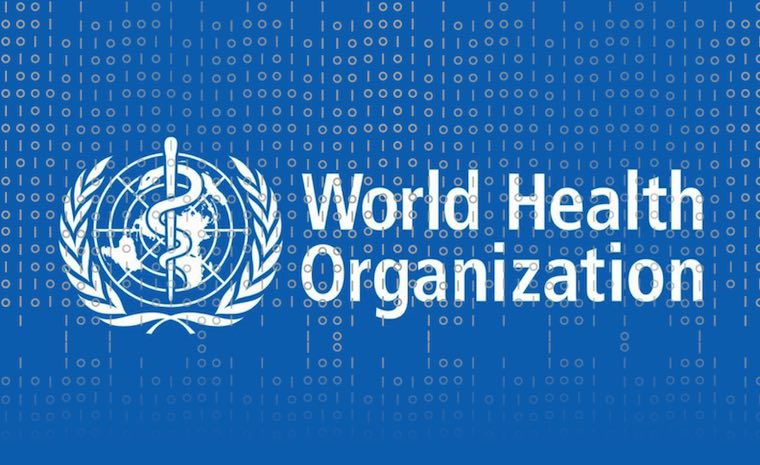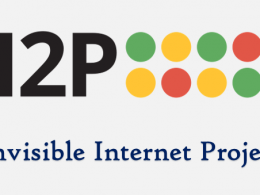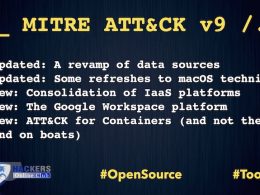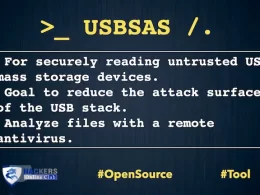Cybercriminals are targeting the World Health Organization (WHO), at time the world is fighting against Coronavirus, and Covid-19.
WHO Chief Information Security officer Flavio Aggio said the identity of the hackers was unclear and the effort was unsuccessful. But he warned that hacking attempts against the agency and its partners have soared as they battle to contain the coronavirus, which has killed more than 15,000 worldwide.
According to Reuters report, Alexander Urbelis, a cyber expert, the hackers tried to break into World Health Organization.
Urbelis said he didn’t know who was responsible, but two other sources briefed on the matter said they suspected an advanced group of hackers known as DarkHotel, which has been conducting cyber-espionage operations since at least 2007.
“There has been a big increase in targeting of the WHO and other cybersecurity incidents,” Aggio said in a telephone interview. “There are no hard numbers, but such compromise attempts against us and the use of (WHO) impersonations to target others have more than doubled.”
WHO Published, Beware of Cyber criminals Pretending to be WHO
Criminals are disguising themselves as WHO to steal money or sensitive information. If you are contacted by a person or organization that appears to be from WHO, verify their authenticity before responding.
The World Health Organization will:
- never ask for your username or password to access safety information
- never email attachments you didn’t ask for
- never ask you to visit a link outside of www.who.int
- never charge money to apply for a job, register for a conference, or reserve a hotel
- never conduct lotteries or offer prizes, grants, certificates or funding through email.
Phishing: malicious emails appearing to be from WHO
WHO is aware of suspicious email messages attempting to take advantage of the COVID-19 emergency. This fraudulent action is called phishing.
These “Phishing” emails appear to be from WHO, and will ask you to:
- give sensitive information, such as usernames or passwords
- click a malicious link
- open a malicious attachment.
Using this method, criminals can install malware or steal sensitive information.
How to prevent from phishing?
Verify the sender by checking their email address.
Make sure the sender has an email address such as ‘[email protected]’ If there is anything other than ‘who.int’ after the ‘@’ symbol, this sender is not from WHO.
For example, WHO does not send email from addresses ending in ‘@who.com’ , ‘@who.org’ or ‘@who-safety.org’.
Check the link before you click.
Make sure the link starts with ‘https://www.who.int’. Better still, navigate to the WHO website directly, by typing ‘https://www.who.int’ into your browser.
Be careful when providing personal information.
Always consider why someone wants your information and if it is appropriate. There is no reason someone would need your username and password to access public information.
Do not rush or feel under pressure.
Cybercriminals use emergencies such as 2019-nCov to get people to make decisions quickly. Always take time to think about a request for your personal information, and whether the request is appropriate.
If you gave sensitive information, don’t panic.
If you believe you have given data such as your username or passwords to cybercriminals, immediately change your credentials on each site where you have used them.
If you see any WHO scam related email or message, report here.











